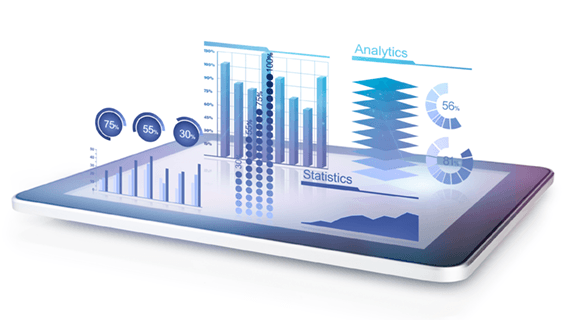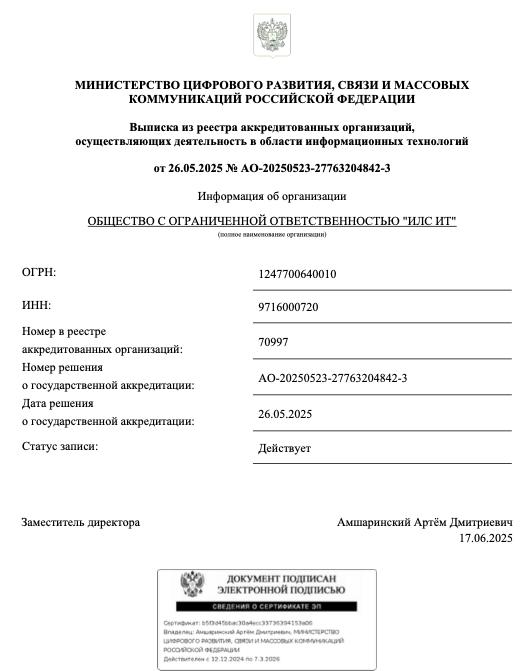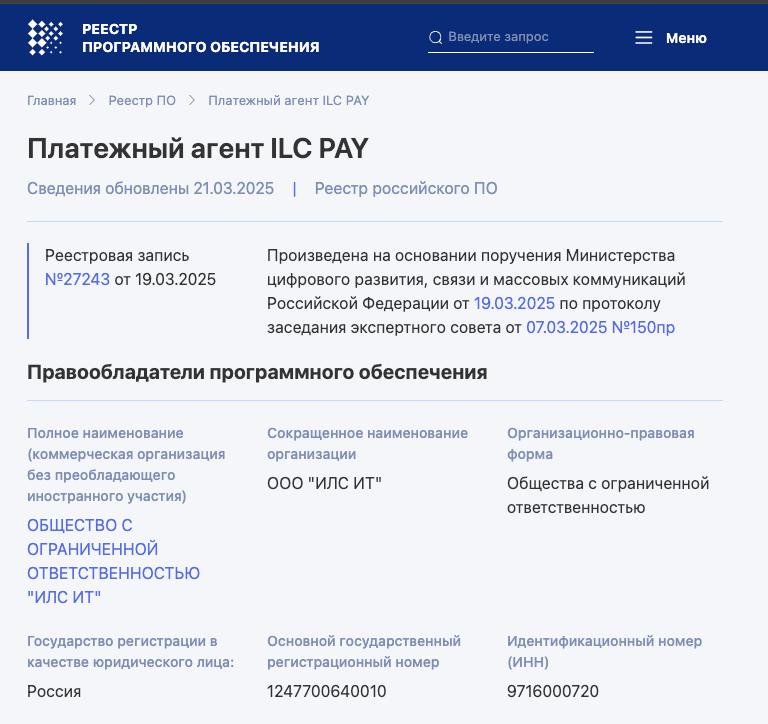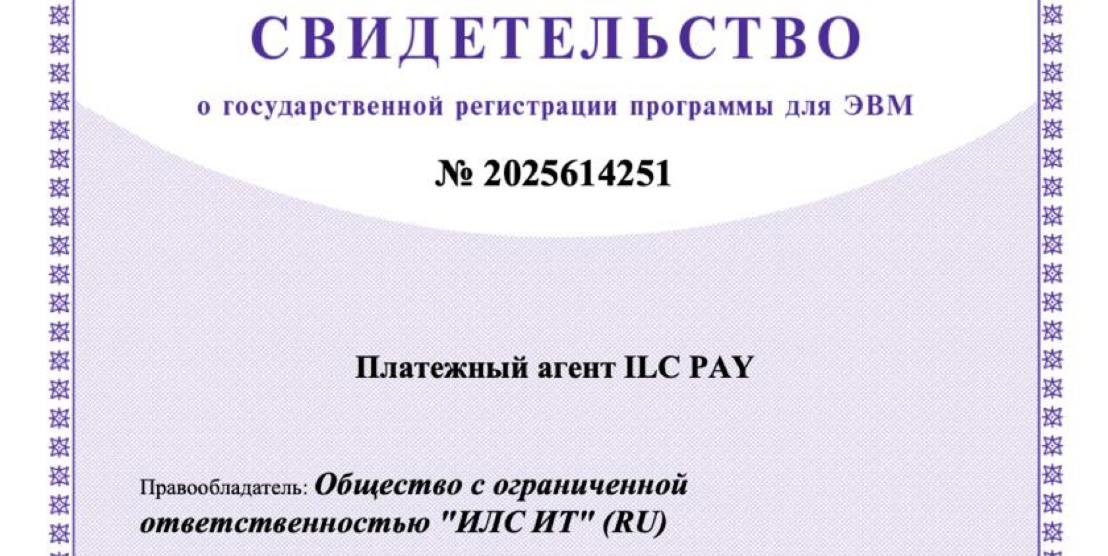1. Objective: To create a program that will analyze business correspondence between a company and clients using artificial intelligence technologies.
2. Main objective: identifying problematic topics, negative reviews, analyzing customer satisfaction, generating analytical reports and providing recommendations for improving service quality.
3. Main topics:
● Displaying "trends" in requests;
● Degree of customer satisfaction based on correspondence;
● Assessing long-term satisfaction based on correspondence history;
● Generating reports and visualizing data;
● Recommendations for improving service quality;
● Identifying "weaknesses" in service/communication with clients;
● Proposing methods for increasing loyalty based on data;
● Predicting negative reviews and their topics;
4. Main functionality of the application:
4.1 Analysis of problematic topics, automatic identification of the most common problems in correspondence. Classification of requests by type. Grouping problematic requests into categories for easy analysis.
1. Types of complaints and problems:
a. Delivery (complaints about delays, damage, incorrect address)
b. Service quality (does not meet expectations)
c. Technical errors (system errors, crashes)
d. Payment issues (incorrect calculation, refunds, payment issues)
e. Service quality (professionalism of employees, incorrect behavior, slow responses)
f. Documents and registration (errors in documents, incorrect information)
g. Fulfillment times (unsatisfactory fulfillment of deadlines)
h. Refunds and compensations (refund requests, refusal)
i. Other (general complaints, questions without a category)
2. Types of requests:
a. Complaints
b. Requests for clarification
c. Suggestions for improvement
d. Refusals/problem resolution
3. Grouping by categories:
a. Delivery: "late", "damaged goods", "incomplete delivery"
b. Service quality: "bad service", "rude staff", "slow response"
c. Technical problems: "website error", "app not working", "payment problems"
d. Returns: "refund", "need for return
4.2 Identifying trends in queries, automatic trend search
(Keywords: "delay", "damaged", "refusal", "wishes", "poor quality", "dissatisfaction", "refusal", "re-delivery", "mixed up order", "insurance", "special offers").
To identify, use regular monitoring of the frequency of keyword mentions in the future, analysis of changes in the frequency of words over a period)
Building graphs and diagrams to visualize the dynamics of the frequency of queries.
4.3 Assessing customer satisfaction, analyzing the tone of correspondence to assess the level of customer satisfaction (positive/neutral/negative tone). Identifying signs of irritation, stress or dissatisfaction in correspondence.
Tags for tone:
Positive: "satisfied", "thank you", "excellent", "professional", "fast"
Neutral: "ok", "ok", "question", "agree"
Negative: "dissatisfaction", "complaint", "don't like", "bad", "poor quality"
Signs of irritation and stress: Words: "urgent", "immediately", "shame", "dissatisfaction"
Decrease in positive words and increase in negative ones, frequency of phrases with a negative connotation.)
Metrics for analysis:
Message sentiment: analysis based on lexical analysis using models trained on specific data. Intensity of negative emotions: calculation of the average emotional load.
Sentiment dynamics: change in positive and negative responses over time to assess the trend of satisfaction changes.
4.4 Assessment of long-term satisfaction, building a history of interaction with each client. Determining trends in tonality changes. (Tags for long-term satisfaction analysis: Signs of improving or worsening customer attitude: "repeat orders", "problems recur", "good changes", "bad attitude".)
Long-term satisfaction metrics:
Satisfaction rate: change in satisfaction for each customer over time.
Sentiment change metric: analysis of trends in positive/negative messages over time.
Repeat contact indicators: frequency of customer repeat contact after receiving a problem.
4.5 Report generation and data visualization, construction of analytical reports.
(Report structure:
1. Key metrics:
a. Total number of messages.
b. Number of positive, neutral and negative messages.
c. Frequency of topics and issues mentioned.
d. Average sentiment by customers.
2. Trends:
a. Graphs of change in the frequency of complaints or issues over time.
b. Trends in customer satisfaction.
3. Analysis of weak points:
a. Topics with a high frequency of negative feedback.
b. Analysis of response time to requests.
4. Recommendations:
a. List of suggestions for improving customer service, such as improving response speed, improving service quality.
5. Visualization:
a. Graphs and charts: Bar charts, line charts, pie charts to display the share of negative, neutral, and negative












